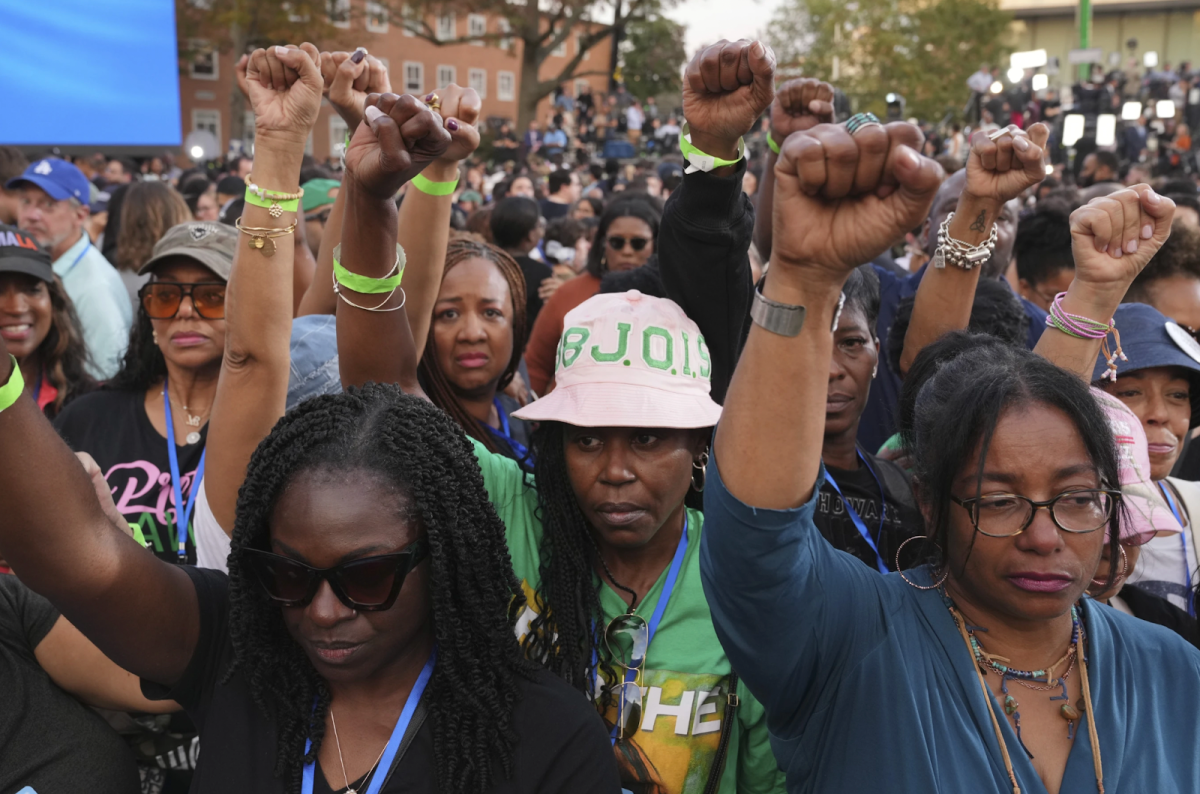Earlier this week, California raised the minimum wage from $10 to $15 after three years of the “Fight for 15” campaign.
The plan is to gradually raise the minimum wage each year so that by 2022, the minimum wage will reach $15.
While from an outside perspective this does look like a win for employees currently earning less than $15 an hour, there are concerns to be dealt with. From a basic economic standard, as the price of a service increases, the demand decreases. If something originally costs $10 and then the next week it costs $15, fewer people are willing to buy the good at the new price. It becomes too expensive.
What is worrisome about this hike in minimum wage is that while many will see an increase in salaries, some people will lose their jobs. Some companies cannot afford to employ the same number of people at a higher salary — it just doesn’t fit their budget.
Larger cities like San Francisco and Los Angeles have already agreed to the wage increase likely because their local economies can handle the annual increases, but smaller cities like Fresno will have more unpredictable outcomes.
Cities like San Francisco currently have higher wages than smaller towns, so this increase is not as drastic as it would be to a city like Fresno.
California Gov. Jerry Brown has addressed these concerns as the plan in place has some flexibility to it. For companies with 25 employees or fewer, there is a delay in the increase by a year. This would allow for more time and room for smaller companies to adjust to this new wage increase.
Another precaution the plan has is to delay the legislation a year if the economy weakens or if the state budget declines.
With economic theory, it is challenging to predict what the outcomes of an increased minimum wage would do in reality. Often times, what is learned in theory does not extend to what happens in practice.
While there are precautions to this new plan for California’s minimum wage, it is worth risking because many people need this increase. California already has such a high cost of living, so this increase will tremendously help those who spend a large portion of their salaries on rent.
This increase in the price floor for minimum wage is risky, but the benefits of what could happen are worth taking the risk.
Minimum wage activists have been fighting for a $15 minimum wage for three years, so it is finally time for the movement to start. With a gradual increase in minimum wage over the next six years, California is taking a large step to set a new national standard.














